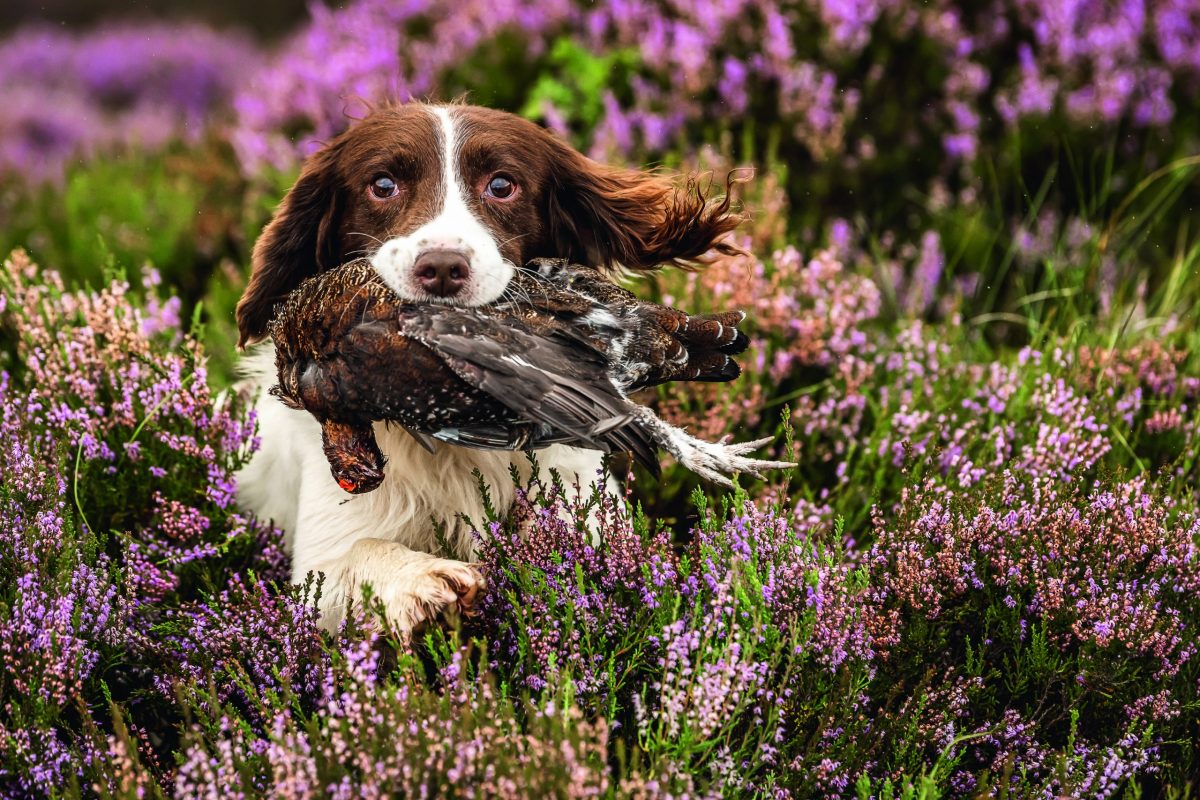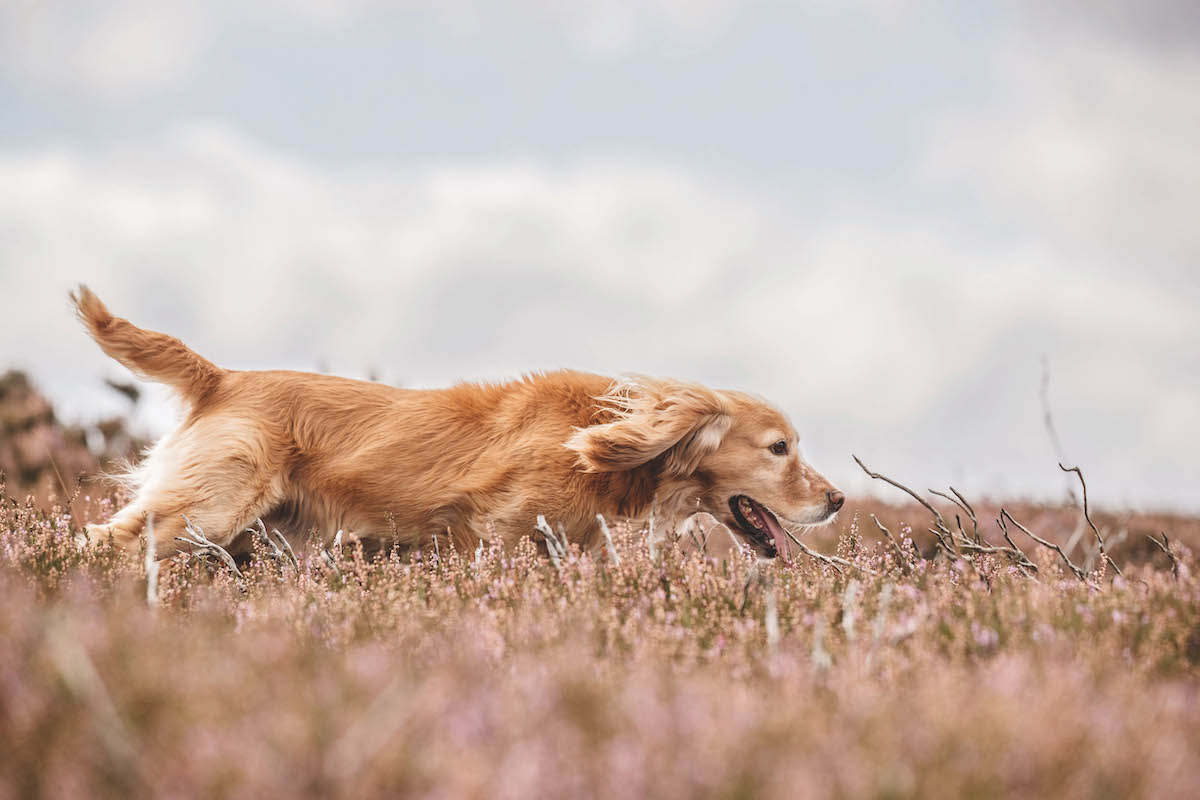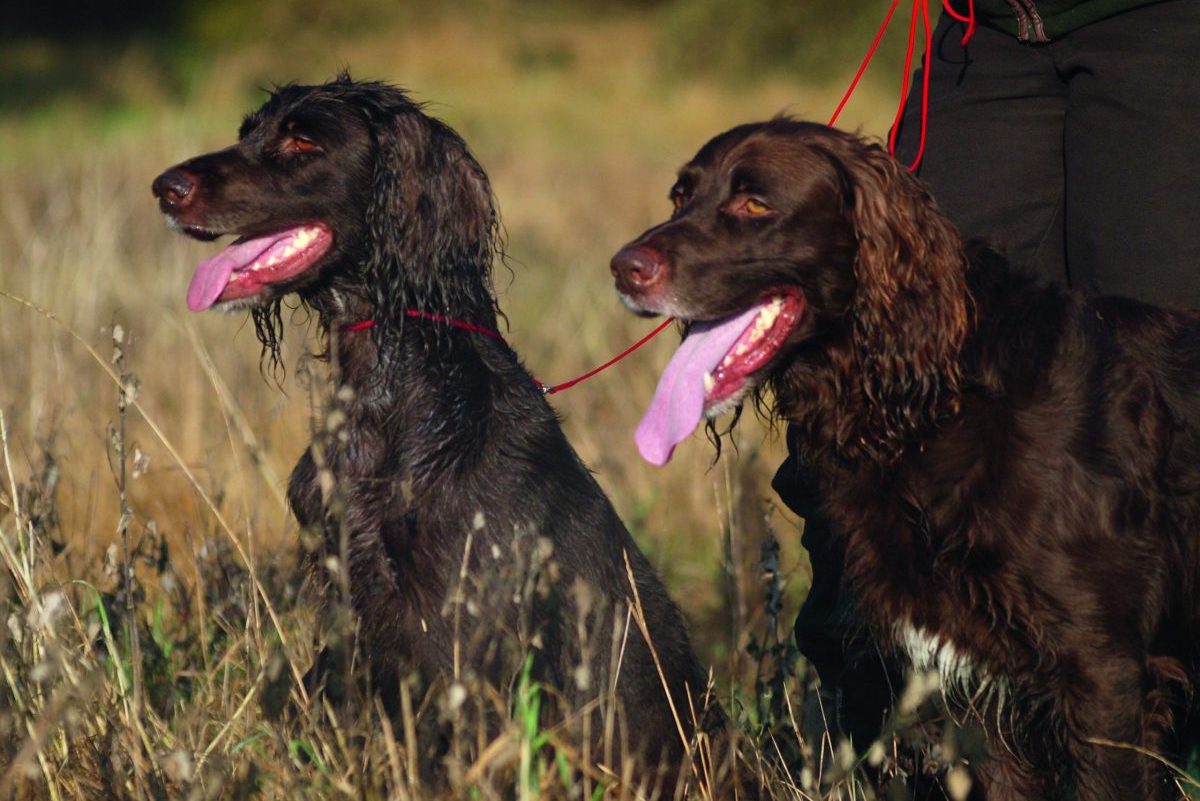Is it a bad idea to cross-breed dogs?
While there may be good intentions behind cross-breed dogs, it’s important not to lose sight of their history, writes Ellena Swift

Springers were classed as their own breed in 1892, and they now have clear differences from their cocker counterparts
It is no secret that cross-breed dogs have absolutely rocketed in popularity since the very first labrador was crossed with a poodle in 1989. The litter was bred because a blind woman required a guide dog, but her husband was allergic to long-haired dogs. Since that first mating, cross-breed dogs have become more lucrative than ever, with breeders crossing everything, often in the name of money and fashion.
For a dog to be considered purebred, the parents, grandparents and great-grandparents should be the same breed and their ancestry traced easily. Not only this, but the breed associations usually require them to be at least 87.5% of the given breed to be considered purebred. In order for that dog to then be classed as ‘pedigree’, it must not only tick the purebred box but also be registered with a breed-appropriate society. In the UK, this is nearly always the Kennel Club.
Improving lines
Many breeders spend years building particular lines of a certain breed of dog. I myself have spent a decade producing a line of labradors that are all health tested, have masses of drive and very biddable temperaments. It is important that these lines are improved with every generation.
The breed characteristics are vital within these lines and should be easily recognisable in every litter. Labrador retrievers share many breed characteristics and traits with other retriever breeds, such as the golden retriever and flat-coated retriever. However, I would never entertain the idea of crossing them. Each of the retriever breeds have their own unique attributes and traits that make them wonderful in their own right.
In the spaniel world, things are a little more muddled. It was not until 1892 that the Kennel Club split the cocker and springer spaniel into their own breeds. Before this, a litter of spaniels would produce three types of dogs; springers, Sussex and cockers. Bench shows in England were confusing as puppies would be entered as cockers one year and springers the next as they grew larger. Once the breeds split, their physical and personality traits became more and more unique, and it is now easy to tell the difference between the two.

Retriever breeds share many characteristics, but they all have their own separate traits and attributes
The physical differences for start are quite significant. The English springer spaniel can only be liver and white, black and white or either of these colours with tan markings. Cockers, meanwhile, can be solid in colour, as well as bicolour, tricolour or roan. Springers tend to be a larger dog at approximately 51cm in height, whereas cockers range from 38cm up to 41cm. Cockers’ legs are well feathered whereas the springer should be moderate.
Despite these differences, a lot of their personality and working traits remain similar. Both dogs were bred to hunt, flush and retrieve game; both tend to have high hunting and prey drive. So it is perhaps easy to see why many do not question crossing the two, but I prefer them to remain separated. For over 100 years the two breeds have demonstrated their unique attributes and I feel it is vital we preserve this.
Advantage
The springer, being a bigger dog, has the distinct advantage of being able to carry heavier and larger game. Not only this, they will have more power and strength for difficult terrain and water work. They tend to hit cover harder and be, for the most part, a hardier dog than their cocker counterpart. They have long been considered the ultimate rough shooting companion with the ability to adapt to any terrain and game.
The cocker has often been referred to as the ‘Velcro’ dog. They are inherently much clingier and needier than springers. They are fast, happy, biddable little dogs that can penetrate cover that bigger dogs struggle with. Their smaller size and fluffier coats make them a much ‘cuter’ option for many. Being smaller also means they are more suited as a house dog and easier to travel. Many cockers do manage the bigger game though and tend to be extremely determined.
Having trained hundreds of both breeds, I feel the springers are harder to train; they are stronger-willed with very often a much higher drive. It used to be that the cockers were harder, but selective breeding over the past few decades and the demand for cockers as pets has meant their that temperaments are now much softer, sensitive and generally more biddable.

While this dog’s face may look like a lab, its body tells a very different story indeed
However, I see cockers suffer more with separation anxiety and behavioural issues. The cocker remains the more popular choice of dog though, which could account for the higher number seen with issues. Springers have avoided the pet world slightly more, meaning their working traits remain stronger and they generally seem a more balanced dog.
I have seen a lot more sprockers being bred and used recently. It is hard to trace the first deliberately bred sprocker spaniels but it would appear the trend began after a gamekeeper bred a litter trying to get the best from both dogs. The intended aim I do understand, but the basis for the idea is flawed.
Many people breed them together for health reasons, believing the progeny will avoid certain hereditary issues, but sadly this is not the case; it has been a lesson learned the hard way with other cross-breed dogs. Another reason is to get the positive personality traits from either breed and create one perfect puppy. Yet again, anyone who has bred puppies will attest to the fact that there are no guarantees.
For the most part, it is extremely difficult to predict which traits cross-breed dogs will get. But when you breed two of the same breed their traits should be identical, so there is less risk when predicting the outcome of the progeny.
Chaotic
The vast majority of sprockers I have seen have been chaotic and slightly neurotic, but bigger and powerful like a springer. These dogs could be ideal in a busy working home, but for the vast majority of owners they are a difficult dog. The hardest pill for the owner to swallow is when they see a littermate to their own dog and it is the polar opposite. It’s pot luck.
Interestingly, very few breeders decide to cross other spaniel breeds with the springer or cocker. The genetic diversity for the cocker is low, so one could argue that the cross-breeding is required to increase their gene pool. I do understand this argument, but the Clumber spaniel has a much smaller gene pool and you rarely see it crossed deliberately with a springer. If a breed is genuinely at risk, I understand introducing close lines to assist in the gene pool, but it is rarely — if ever — the reason people are crossing them.
I have been lucky enough to watch two championships now with the cockers being run as their own breed. These little dogs were an absolute pleasure to watch. We really should be aiming to keep springers and cockers as their own incredible breeds, rather than ruining more than 100 years of work and effort from previous breeders.








